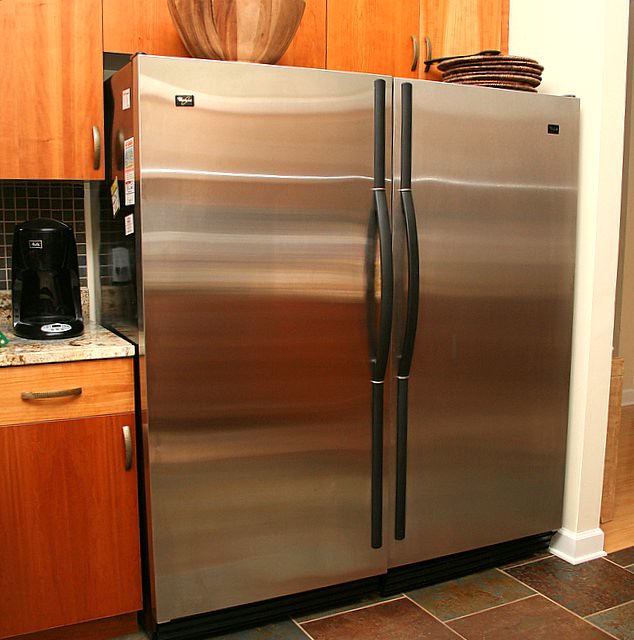
Your freezer contains valuable space to save leftovers, frozen meals, and ice cream. However, a small freezer can become crowded very quickly. There are ways to get the most out of your small freezer. These tips will always help you be prepared, and it will give you more room for your favorite snacks. You can learn more at
The Kitchn.Here are some of the most effective ways to put prime freezer real estate to good use.
1. Dump boxes as soon as you can.
If you've ever purchased prepared foods from the frozen goods sections, you'll notice quite a bit of rattle coming from inside the box. That's because a typical packaged product is full of air, plastic wrap, and food. Why not ditch the waste early on and house just the edible portion of that box of puffed pastry bites?
Everything from ice cream bars to pizza pockets can be stored inside a gallon-sized plastic freezer bag with far less space. Use a permanent marker to mark the bag with what's inside, and cut out any needed cooking directions and tape them to the outside of the bag for later reference.
2. Nix the ice.
Small freezers usually indicate an "economy" situation, which also means there is no ice machine included. Instead of wasting freezer space on frozen cubes of water, invest in a nice countertop ice machine. They produce enough cubes in the size of your choosing to please even the largest crowds, and you won't be tempted to drop off at the convenience store for a bag of what you don't have room for. Ice cube trays are a pain to deal with, anyway.
3. Use peas for injuries.
Ice packs are one of those freezer staples that, unless you have a house full of rowdy boys or consider yourself a pro athlete, you probably won't be reaching for any time in the next three months. Instead of stashing a forgotten ice pack or two, keep two or three bags of frozen peas on hand instead. Easier to use in case of emergency, they work well wrapped up in a tea towel. Plus, you can actually eat the peas.
4. Avoid plastic containers and stack flat.
Plastic containers designed for leftovers may keep food fresh in the freezer, but they are bulky and difficult to wedge into cramped freezer spaces. The typical gallon plastic freezer bag is sufficient for storing anything from potatoes to soups, and you can always double-bag if you're concerned about leakage.
→ To get the best use of freezer bags with soupy contents, lay the filled, sealed bag (with excess air squeezed out), on a cookie sheet inside the freezer, until the insides are frozen solid. Use this method to tightly stack 3x the amount of foods you could with a lidded plastic container.
5. Keep things flexible.
I adore so many of the food storage "systems" I've been seeing on Pinterest lately, and — for the most part — they are an excellent way to keep a pretty freezer. But unless you have a standard shopping list that you never deviate from, chances are good that next month's freezer contents will in no way resemble this month's.
Stick with a more DIY style of storage by using the flat stack method combined with a few extra freezer bags and the occasional plastic shoebox to keep everything in its place. Color-coded systems with pre-designed products are difficult to implement in real life.
Living with a tiny freezer used to mean passing up that great deal on a tub of ice cream or eating the pizza before you're really ready so that all your frozen assets have a home. With a few tweaks and lots of attention to the contents inside, however, it's possible to make that small storage space work for all your future meal plans!










